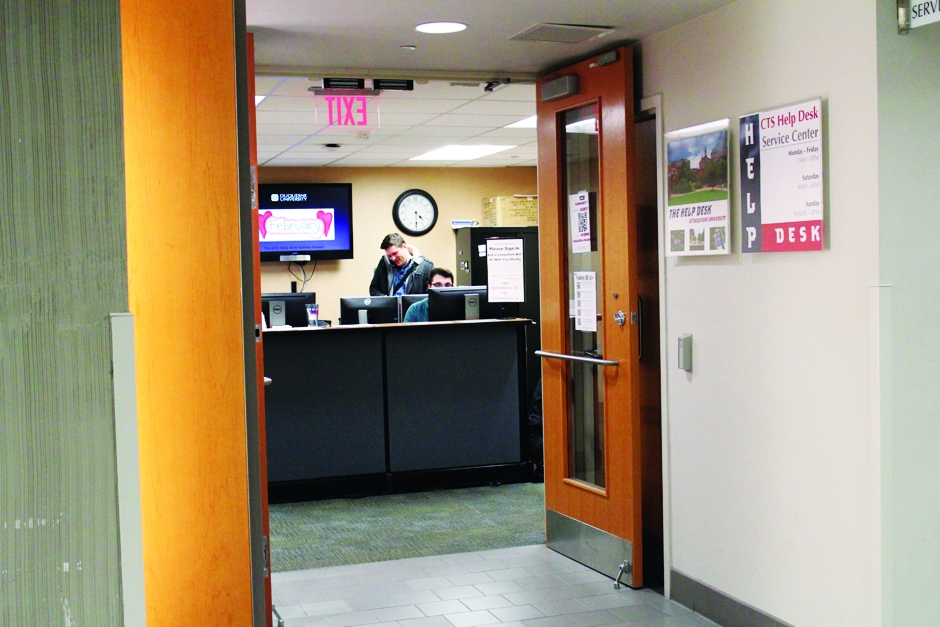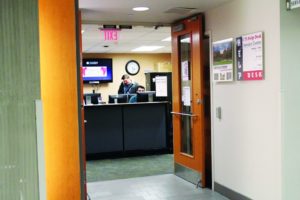

The CTS Help Desk can assist students with connecting to IoT or any issues that arise from it.
By Sean Ray | A&E Editor
On Feb. 6, Duquesne Computer and Technology Services (CTS) launched the pilot version of their new Internet of Things (IoT) network at Vickroy and Assumption Hall. The service extended to the remaining dorms on Feb. 13. Unlike DuqNet, IoT allows students to connect as video game consoles and streaming devices, such as Rokus, to the Internet.
To connect to the IoT, students must register their devices with the network. Instructions on how to do so can be found at www.duq.edu/iot. Currently, only two devices can be registered at a time, but there are plans to open the service up to more devices when the production version is launched in fall 2017, according to Network and Telecommunication Services Manager Hank McCarthy. Devices can be unregistered and replaced with other ones, if the need arises.
Due to IoT being in a pilot version, there are some other limitations as well. Devices which require another machine to function, such as the Google Chromecast Media player, do not work with IoT, though a fix is in the works, according to McCarthy.
A driving force behind IoT’s implementation was to make campus life feel more like home life, according to Director of IT Infrastructure Sheryl Reinhard. McCarthy echoed the sentiment.
“We’re looking at retaining the students,” he said. “We want them to live on campus.”
Currently, students have registered 370 devices to the IoT, with the network seeing roughly 200 users per day. CTS expects this number of connected devices to go up soon, however.
“One of the things that we’re going to watch trend is when students return from Spring Break,” said Reinhard. “[W]e anticipate some may go home and bring back their gaming devices.”
The reason such devices cannot connect to DuqNet is due to an encryption wall designed to keep the network safe. Streaming devices and video game consoles cannot get past this wall, but do not need to with IoT. However, McCarthy advised being careful when using IoT, as it is less secure than DuqNet. Performing online banking while connected to IoT, for example, is not encouraged.
Improvements made to each of Duquesne’s dorms allowed CTS to launch the new network. These included wireless access points in each room, upgrades to the campus’s network infrastructure and moving Duquesne’s commodity network to one that allows more direct connections.
At the end of the current semester, CTS and Residence Life will be sending out a survey to all students about the IoT network in order to get feedback for its full launch next Fall. McCarthy stressed the importance of student participation in the survey to improve the system in the future.
“We really want the service to succeed,” he said. “We want it to be a solid service for the students, and if everything goes well in the pilot, then in [the] fall, we’ll go into production.”
Student reception to the network has so far been mixed. Duke News Editor Brandon Addeo reported successfully connecting to IoT with his PlayStation 4, and that the service functioned fine.
On the other hand, Freshman Physician Assistant student Eric Lucanese said that, while the connection was fine, downloading speeds were “horrendous,” going around only three-to-four megabytes per second on his own PlayStation 4. Lucanese does plan to continue using the service, however, calling it “very convenient.”




